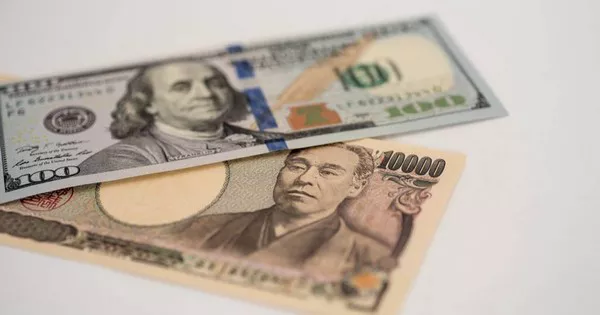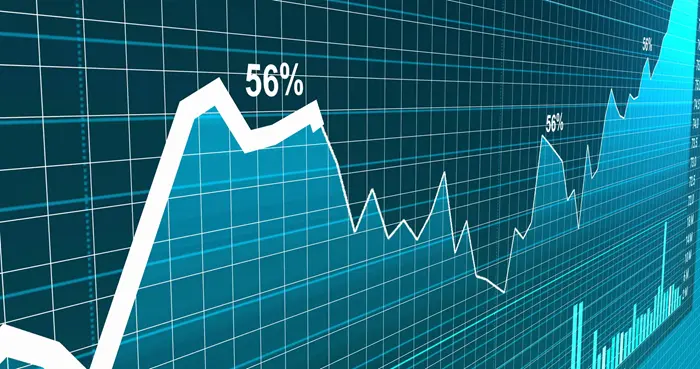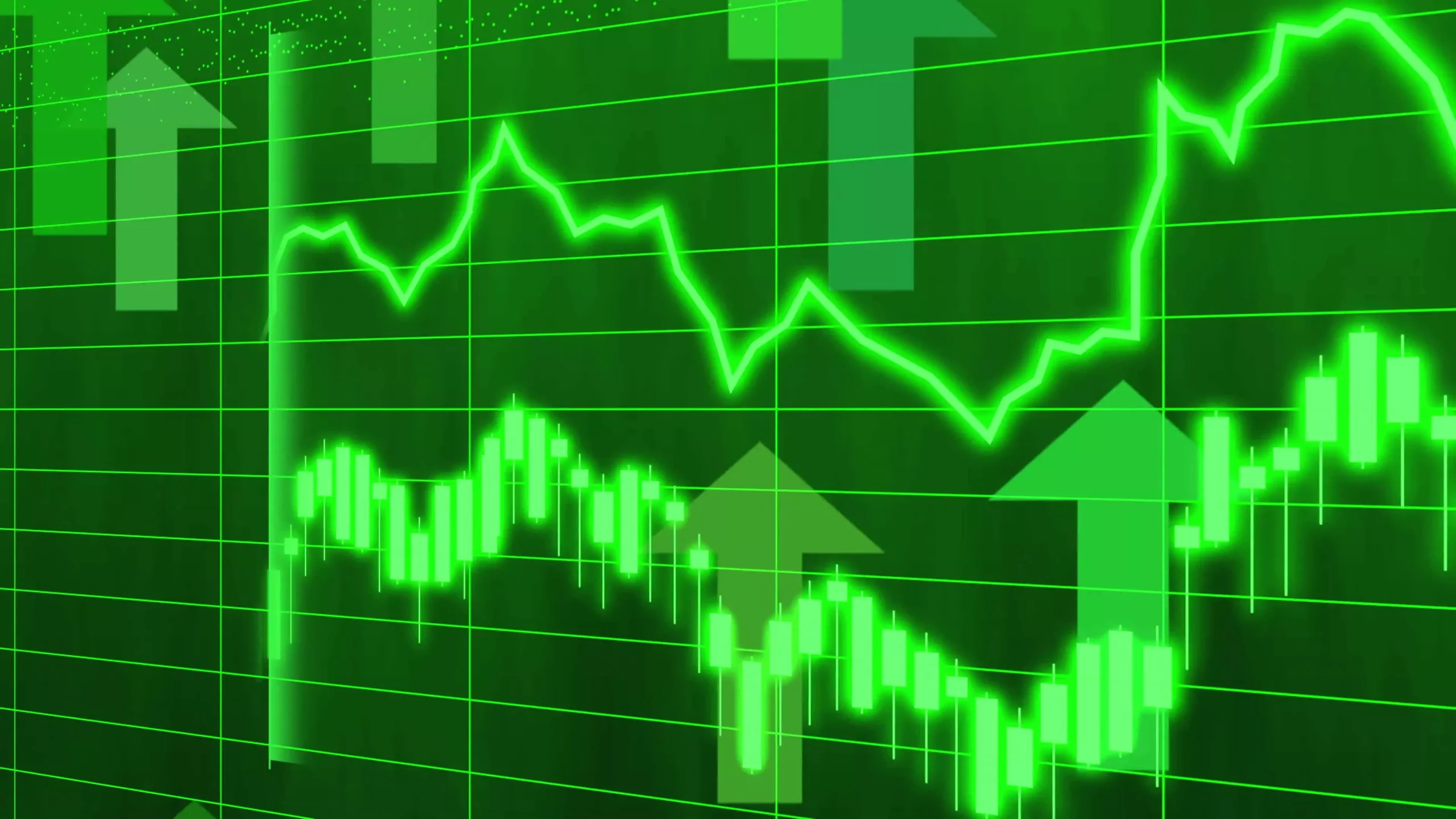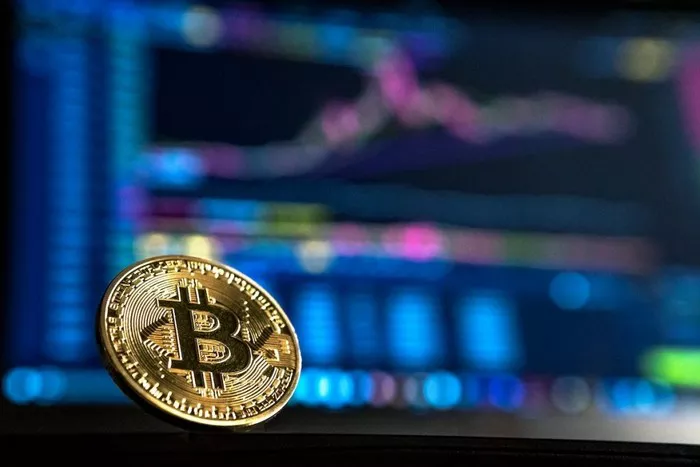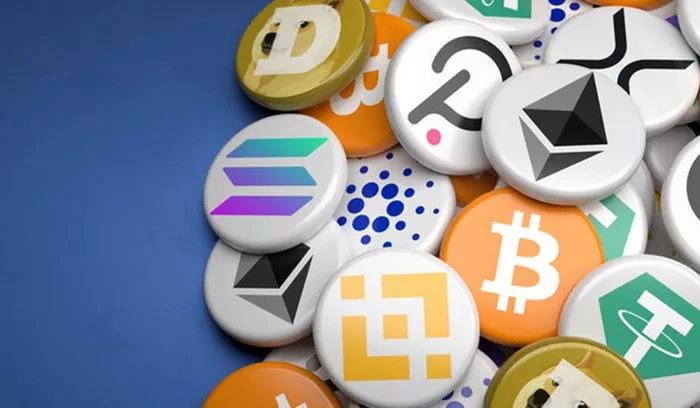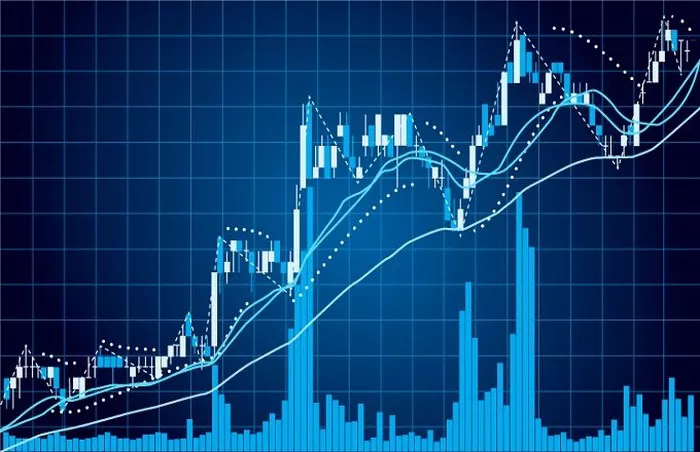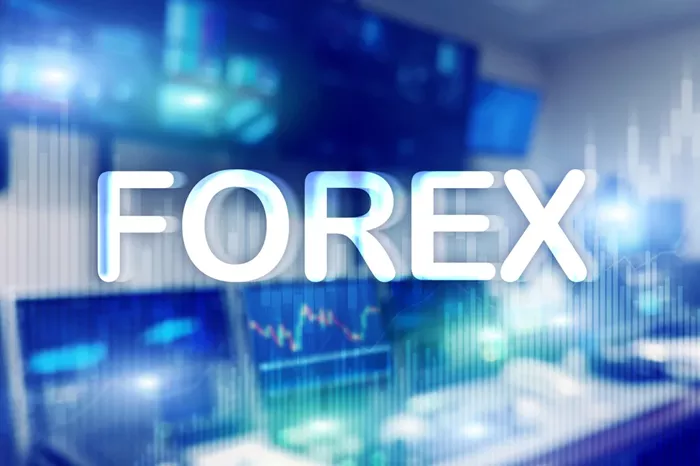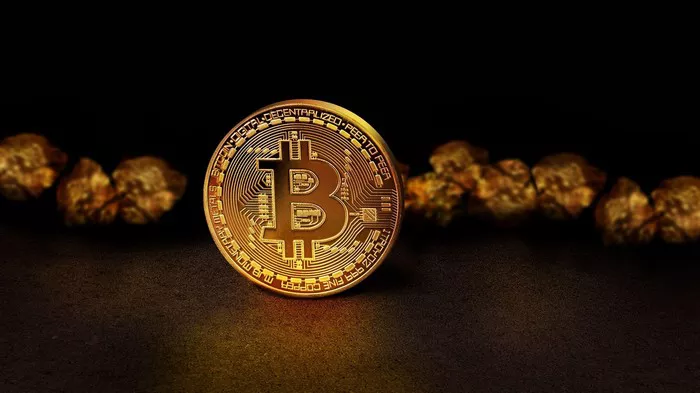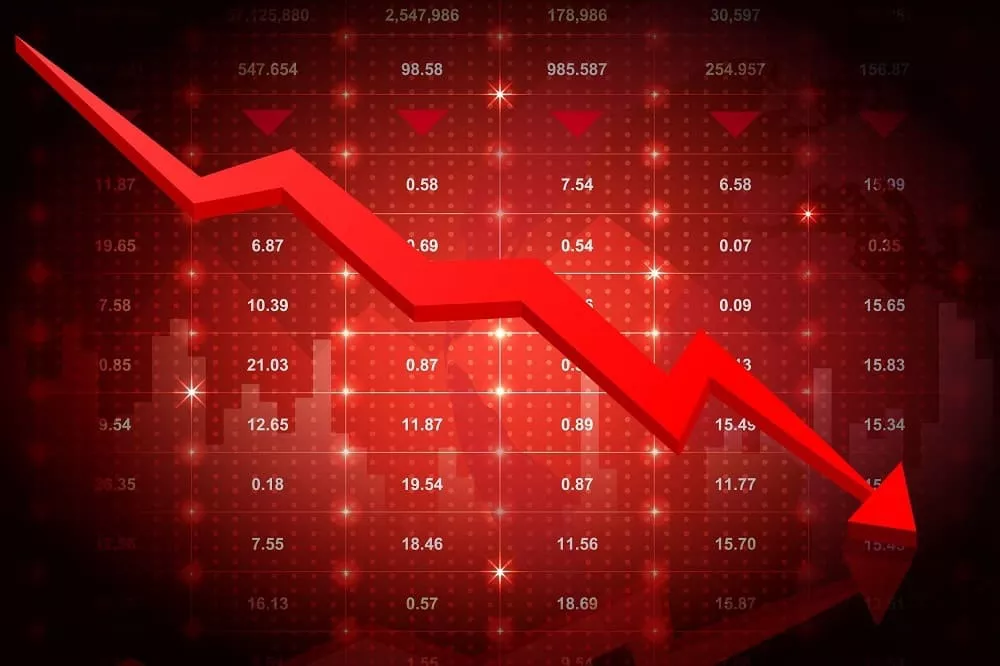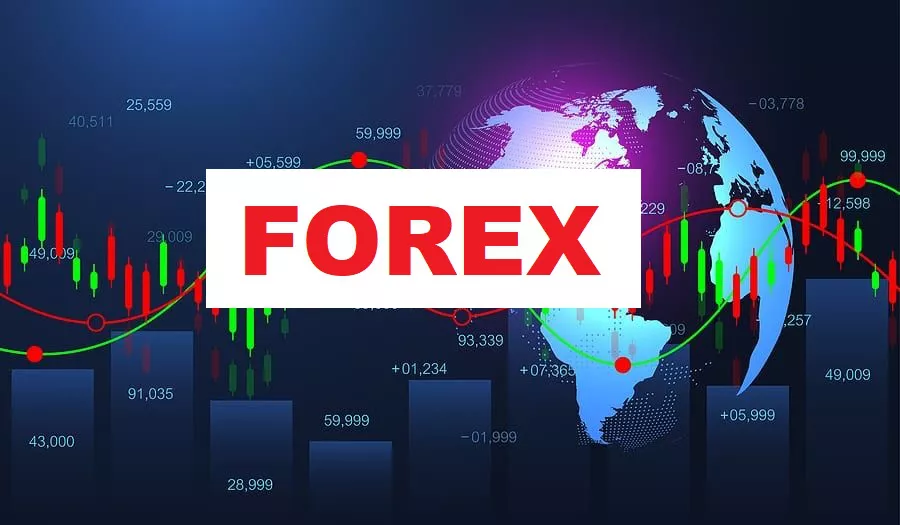The foreign exchange market is the world’s largest and most liquid financial market. It is a global market where currencies are bought, sold and exchanged. One of the most widely traded currency pairs is the British pound (GBP) and the US dollar (USD). This article provides a detailed and professional, yet easy-to-understand explanation of the GBP/USD exchange rate, how it works, and its importance in the global economy.
What is the GBP/USD exchange rate?
The exchange rate between the British pound (GBP) and the US dollar (USD) reflects how many US dollars are equivalent to 1 British pound. For example, if the exchange rate is 1.30, it means that 1 British pound is equivalent to 1.30 US dollars. Currency exchange rates constantly fluctuate based on a variety of factors, and understanding these changes is essential for investors, traders, and businesses involved in international trade.
How is the GBP/USD exchange rate determined?
The GBP/USD exchange rate is determined by market forces of supply and demand, just like any other currency pair. If the GBP is in high demand and the USD is in short supply, the value of the GBP relative to the USD will rise. Conversely, if the USD demand exceeds the GBP, the USD value relative to the GBP will rise.
Factors Affecting the GBP/USD Exchange Rate
There are several key factors that influence the GBP/USD exchange rate:
Interest rates set by central banks, such as the Bank of England (BOE) and the Federal Reserve (Fed). A country’s high interest rates tend to attract more interest in that country’s currency. If the Fed raises interest rates, the USD may appreciate relative to the GBP. : Central banks, such as the Bank of England (BOE) and the Federal Reserve (Fed) set interest rates. A country’s high interest rates tend to attract more interest in that country’s currency. If the Fed raises interest rates, the USD may appreciate relative to the GBP. The Federal Reserve (Fed) is responsible for setting interest rates. The higher a country’s interest rates, the more foreign investment it attracts, which increases demand for that country’s currency. If the Fed raises interest rates, the dollar may appreciate relative to the pound.
Inflation rate: Countries with lower inflation rates tend to see their currencies appreciate in value over time. This is because lower inflation rates mean higher purchasing power, which is attractive to foreign investors.
Economic growth: Countries with strong economic growth often see their currencies appreciate as investors seek to take advantage of growth opportunities. The overall performance of the UK and US economies plays a major role in determining exchange rates.
Geopolitical events: Political instability, natural disasters, or major geopolitical events can create uncertainty in the market. When there is uncertainty, investors may seek safer assets, such as the US dollar, which can cause its value to rise relative to other currencies, including the pound.
Market sentiment: Investor sentiment plays a vital role in determining exchange rates. If investors are optimistic about the UK economy or the US economy, this will affect the demand for the pound or dollar, which will affect the exchange rate.
How do I convert pounds to dollars?
Converting pounds to dollars is simple if you know the current exchange rate. For example, if the current exchange rate is 1 pound = 1.30 dollars, to convert 100 pounds to dollars you would multiply:
100 pounds × 1.30 = 130 dollars
However, exchange rates fluctuate throughout the day, so the amount you receive when you convert your currency may differ slightly from the amount quoted at the time of the transaction.
Where can I convert pounds to dollars?
There are several places where you can convert pounds to dollars:
Banks: Most banks offer currency exchange services. However, they may charge a fee or offer a less favorable exchange rate than other providers.
Money changers: These exchange offices are usually located at airports or city centers and offer foreign currency exchange services. While convenient, the exchange rates may not be as competitive as those offered by online services or banks.
Online currency exchange platforms: Many online platforms allow you to convert pounds to dollars at competitive rates, and the fees are usually lower than traditional banks.
Foreign ATMs: Using a foreign ATM to withdraw US dollars with a UK bank card is another option, but foreign withdrawal fees may apply.
History of the GBP/USD exchange rate
The relationship between the British pound and the U.S. dollar dates back to the early 20th century, when both currencies played key roles in the global economy. Over time, the value of the British pound relative to the U.S. dollar has fluctuated in response to economic conditions, political events, and changes in financial policy.
One of the most notable periods in the history of the GBP/USD exchange rate was the 1960s and 1970s, when the British economy faced multiple challenges that led to a significant depreciation of the pound. The United Kingdom experienced economic instability during this period, including high inflation and unemployment, while the U.S. dollar continued to strengthen, in part due to the United States’ dominant position in global trade and finance.
In recent years, both currencies have faced significant challenges due to events such as the 2008 global financial crisis and the 2016 Brexit referendum. These events directly affected the GBP/USD exchange rate, causing volatility that made international trade and investment in both currencies volatile.
GBP/USD Trading
Traders in the foreign exchange market buy and sell the British pound against the U.S. dollar to profit from exchange rate fluctuations. The foreign exchange market operates 24 hours a day, five days a week, and offers both short-term and long-term trading opportunities.
GBP/USD Trading Strategies
Traders can use a variety of strategies to take advantage of changes in the GBP/USD exchange rate:
Technical Analysis: Traders use charts and technical indicators, such as moving averages and the Relative Strength Index (RSI), to predict price movements. These tools help identify trends and patterns in historical price data, which traders can use to decide when to buy or sell a currency pair.
Fundamental Analysis: This approach focuses on economic reports, news, and events that may affect the currency market. Traders using fundamental analysis will monitor economic data, such as GDP growth, employment reports, and inflation statistics, to predict changes in exchange rates.
Carry Trade: A carry trade involves borrowing a low-interest currency, such as the Japanese yen, and investing it in a high-interest currency, such as the British pound. Traders profit from the difference in interest rates.
Scalping: Scalpers make small trades frequently throughout the day to take advantage of small price movements. This strategy requires quick decision-making and a high level of market knowledge.
Importance of GBP/USD in Global Finance
The GBP/USD exchange rate plays a vital role in the global economy, especially in international trade and investment. As the British pound and the US dollar are two of the most widely used currencies in the world, their exchange rate affects global markets, from commodities such as oil to stocks and bonds.
For example, when the pound appreciates against the US dollar, British exporters may face higher costs for goods and services in US dollar terms, which could reduce demand. On the other hand, if the pound depreciates against the US dollar, British exports become cheaper for foreign buyers, which can stimulate demand and boost the UK economy.
For businesses engaged in cross-border trade or investment, understanding the fluctuations in the GBP/USD exchange rate is essential to managing risk and making smart financial decisions. Many multinational companies use currency hedging strategies to protect themselves from adverse exchange rate movements.
Impact of Brexit on the GBP/USD exchange rate
One of the most significant events in recent years that affected the GBP/USD exchange rate was the 2016 Brexit referendum. Following the vote to leave the European Union, the GBP/USD exchange rate plummeted, falling to its lowest level in more than 30 years. This was due to uncertainty about the UK’s future relationship with the EU and the economic consequences that a withdrawal from the EU would bring.
Since then, the pound has been volatile, with the exchange rate fluctuating as Brexit negotiations progress. The Brexit effect shows that geopolitical events can have a profound impact on currency markets and exchange rates.
Conclusion
The GBP/USD exchange rate is an important component of the global foreign exchange market. It determines how many US dollars are worth to 1 GBP and is affected by factors such as interest rates, inflation, economic performance and geopolitical events. Whether you are a trader, investor or business, understanding the GBP/USD exchange rate and its fluctuations is essential to making informed financial decisions.
The relationship between the GBP and USD will continue to evolve as events such as Brexit occur and economic conditions change. For anyone involved in international finance or trade, understanding these changes is essential to managing risk and taking advantage of opportunities in the foreign exchange market.

